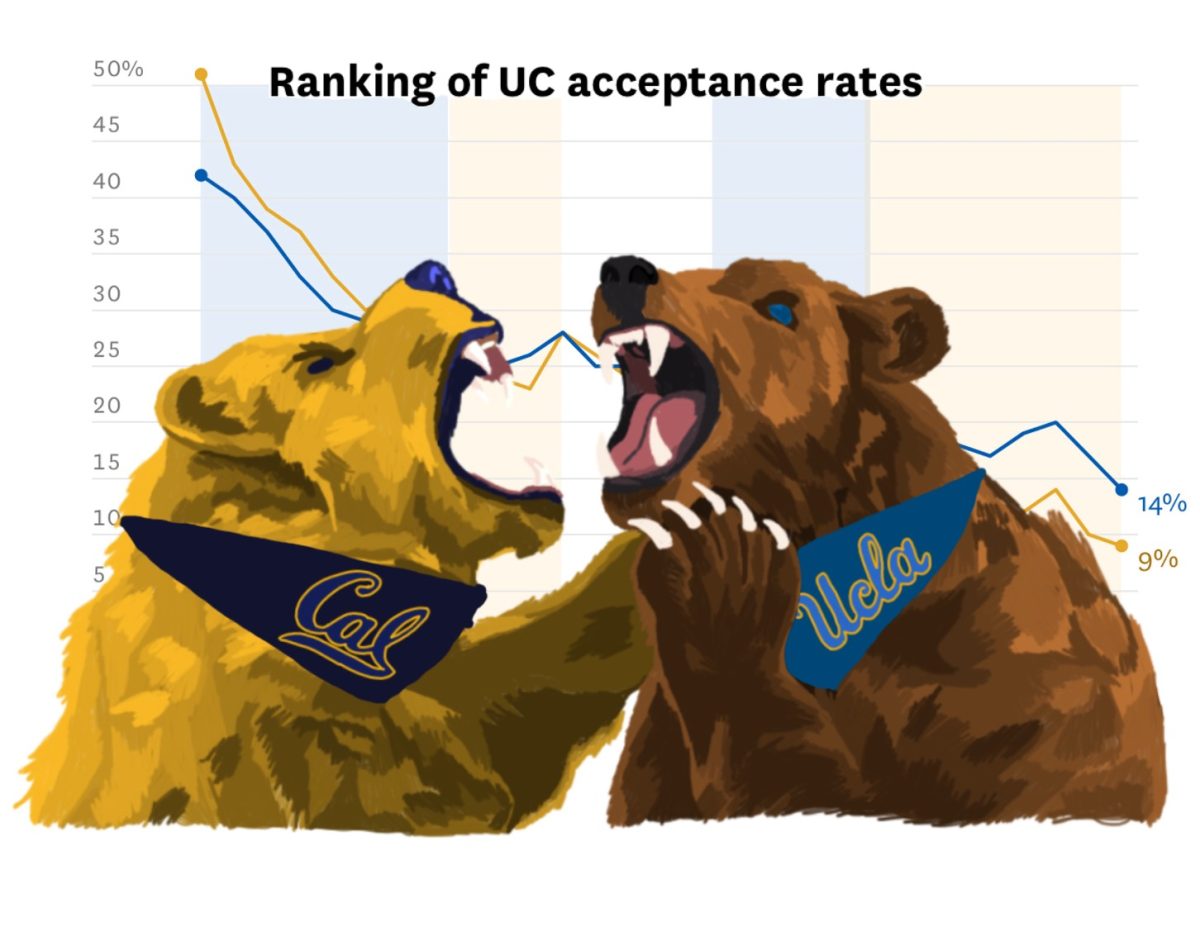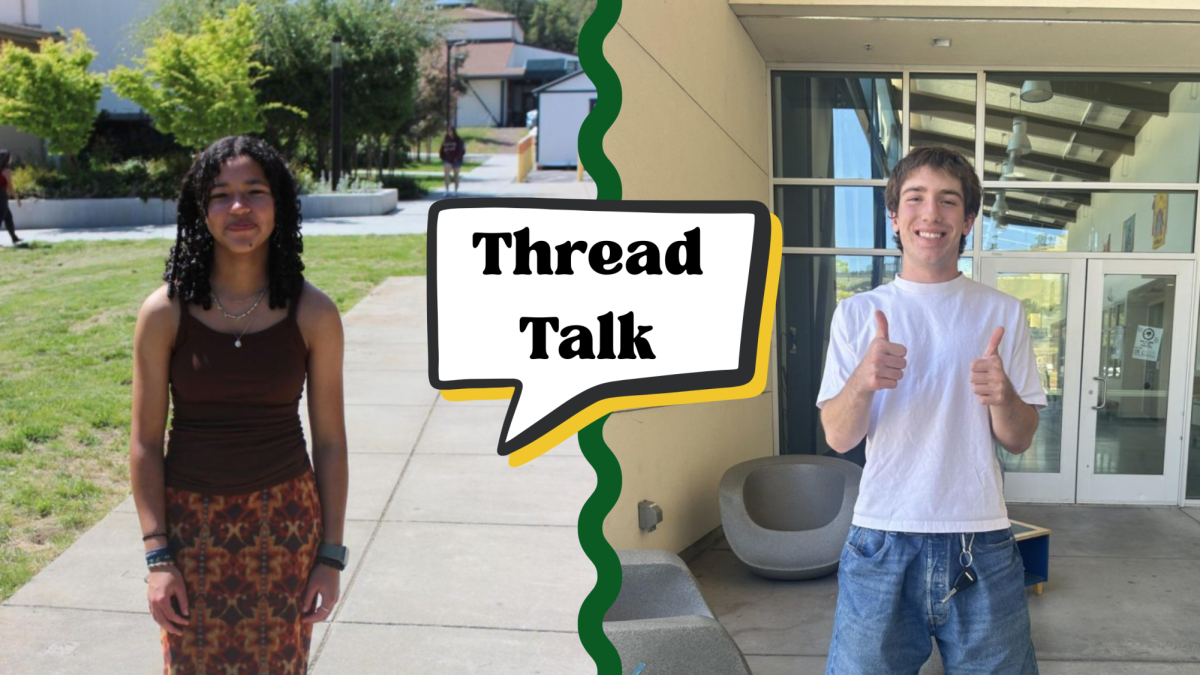Every new school year, social media gets flooded with “back-to-school” clothing hauls. Brands send out email after email attempting to grab someone’s attention and direct them towards their back-to-school sales. Fast fashion trends dominate our feeds, creating a culture that normalizes buying heaps of cheap clothes only to have them go out of fashion when the trend passes. Most of these companies market their clothes towards our demographic. Pressures on teenagers to fit in and follow trends play right into the culture of fast fashion.
I can’t claim that I haven’t bought from fast fashion companies before. Especially in 2020 and the beginning of 2021, I became obsessed with wanting to follow fashion trends. Like many, I didn’t give a second thought to how or where my clothes came from. I had just downloaded Instagram and would see ad after ad from cheap clothing brands that I was led to believe would make me “more fashionable”. I was just starting high school then too, and the idea of “fitting-in” was beginning to be important to me when it came to fashion. Unaware, I would click on the ad and buy from these fast fashion companies without a second thought. I didn’t realize until later how wasteful and destructive of an industry I was playing right into.

Companies such as Shein, Zara, and H&M are just a few examples of fast fashion companies, all of which are popular in mainstream media. These companies make billions of dollars every year exploiting trend culture on social media, especially targeting the teenage demographic. To keep their prices low, these companies compromise by using cheap, unsustainable materials. Buying cheap, trendy, and fleeting fashion is extremely wasteful. Pieces from these companies are worn an average of seven times before they are discarded, forgotten, or become “untrendy”. Around 30 billion pounds of clothing go unworn in people’s closets every year. This level of waste contributes to climate change. Materials used in this industry are non-sustainable and often lead to microplastics getting into the environment, harming animals (especially those in the ocean) and other parts of the natural ecosystem. Factories also emit greenhouse gasses, contributing to pollution.
As much as I can hope, I have to admit that it simply isn’t realistic to tell everyone to cut off from fast fashion completely. Their products are cheap, trendy, and everywhere, thus making it an easy choice for people who can’t afford true sustainable fashion brands. However, we must work together towards eliminating undereducation regarding this topic. People don’t know, care, or seek out how their clothing is made. Buying without thinking is a dangerous habit that especially teenagers can fall into. Not only is it cost inefficient, but people don’t care about what they are supporting when they purchase clothes. The best kind of shopper a person can be is an informed one. People must be aware and ask themselves if the product is a necessity. Cutting down on unnecessary purchases from these companies is the most realistic way to aid in this issue. Buying second hand or participating in clothing swaps with others are also ways to utilize existing pieces while still keeping costs low. Taking these actions can hopefully lead to a culture that is more aware and puts more emphasis on being sustainable. Next time you go to buy a piece of clothing in a store or off an Instagram ad, take a second to ask yourself if you need it and where it’s coming from.






































